Urban beaches, idyllic little coves, rolling hills, mountainous landscape, lunar landscape, sunsets, forests, mountains, fairy-tale paths and friendly locals. The Canaries have it all!
The list of reasons to visit the Canary Islands is endless, as each island has its own personality and many places to be discovered. From the smallest islands, like El Hierro, La Graciosa and La Gomera, to the unspoilt charm of the magical Fuerteventura, the animated towns of Tenerife, the breathtaking scenery of Gran Canaria or La Palma, and the always surprising and mysterious island of Lanzarote – the Canary Islands have it all and something for everyone! It’s always a great pleasure to visit the islands, enjoy the hospitality of the people and experience the way life slows down as soon as you get off the plane. The best way to get away from it all and travel to another world that is not too far away is to fly with Vueling to the Canary Islands. Let’s go!
Mount Teide (Tenerife)
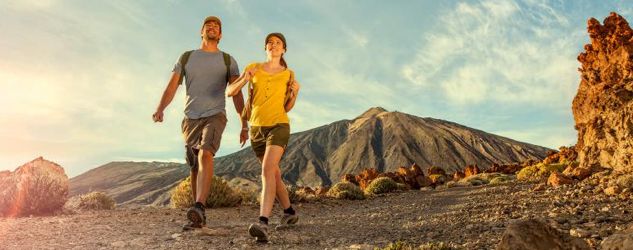
Spain’s highest mountain, at 3,715 metres, is a must if we are lucky enough to travel to the Canary Islands, because the view from the top, as well as the path that leads up to it, is absolutely stunning. We can go up Mount Teide by cable car, which will make us feel tiny, and once we get to the top there are several paths to explore the wonderful landscape of Tenerife. If we prefer to walk up or enjoy this mountain (the third highest volcano in the world after Mauna Kea and Mauna Loa) by night, it’s best to contact one of the companies that organise all kinds of tours for individuals or groups. Tickets are only available online at the moment.
Timanfaya National Park (Lanzarote)
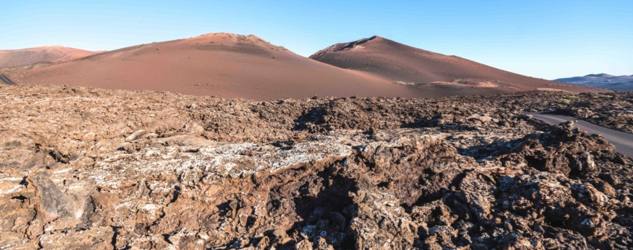
This large nature area is the gem of Lanzarote. We can explore it by bus and enjoy the unique environment. Timanfaya National Park is very interesting from a geological point of view – it was shaped by volcanic eruptions that took place between 1720 and 1736, and also 1824. The result is a very special landscape, with no vegetation, with interesting shapes in every corner, silhouettes of volcanoes and a rugged coast. It’s an otherworldly and timeless place where we can get away from it all.
Corralejo Dunes (Fuerteventura)
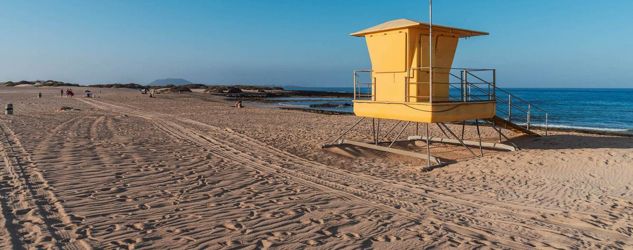
For a change of scenery, we can go from the lunar landscape of Lanzarote to the desert-like environment of Corralejo Dunes, in Fuerteventura, which covers a total of 2,600 hectares, and is 2.5 km wide and 10 km long. It’s a mini desert next to the sea where there are lots of activities available, as well as bathing in the warm and crystal-clear water of this charming island. Some of these activities include surfing, windsurfing and kitesurfing, birdwatching or a boat trip to the nearby islet of Lobos, which is currently uninhabited. Be warned – you’ll never want to leave Fuerteventura!
Garajonay National Park (La Gomera)
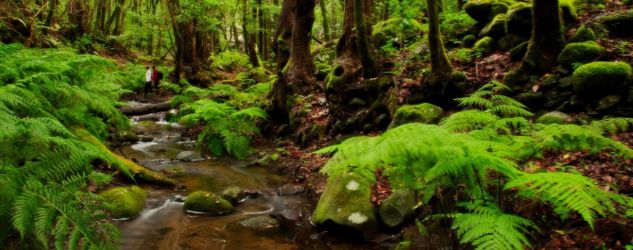
If we visit the charismatic island of La Gomera, we’ll see that the Canary Islands is an archipelago of contrasts, where we can go from idyllic beaches to dunes, from volcanoes to thick fairy-tale forests. This is what we’ll find at Garajonay National Park, with its age-old laurel forests (a typical tree in the Canaries). There are many paths we can explore which will take us to charming viewpoints. Some of the most popular and easiest paths, which are well marked, are Las Creces, El Raso de la Bruma and Las Mimbreras.
Maspalomas Dunes (Gran Canaria)
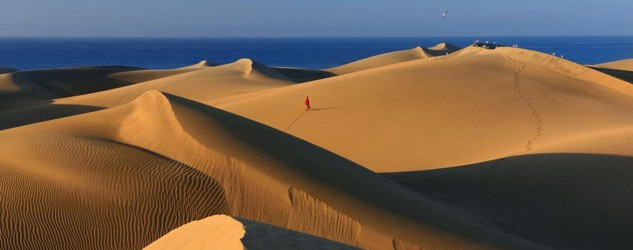
The island of Gran Canaria is famous for its spectacular beaches and charming fishing villages, where you can taste the freshest fish next to the sea, and enjoy the Canarian climate and slower pace of life. We can’t come to the island without stopping at Maspalomas Dunes Nature Reserve, which resembles a desert and has typical wildlife. And right next to it we can bathe in the ocean’s crystal-clear waters. The beautiful undulating sand dunes cover 400 hectares and are next to a palm tree forest and a brackish lagoon.
The Blue Pool (El Hierro)
The Canaries’ most mysterious island is a must for nature and sea lovers, as it is a charming place and not as touristy as some of the other islands. One of the many reasons to visit El Hierro is the Blue Pool, in El Golfo, one of the natural pools that can be found on the island. It’s surrounded by massive rock formations and, if we’re lucky, we might even find ourselves alone for a while. It’s simply magical!
Jameos del agua (Lanzarote)
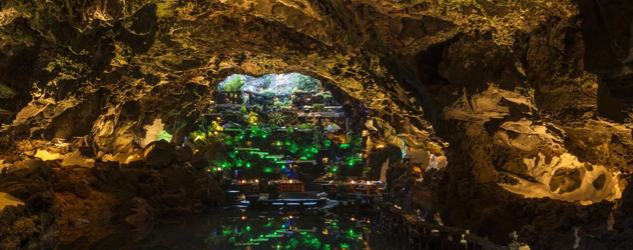
You can stumble upon the work of César Manrique all over the Canary Islands, but in Lanzarote, where he was born, is where we find his most personal architecture, organic and integrated into the landscape. One of his most popular works here is Jameos del Agua, a nature spot and a centre for art, culture and tourism, built inside a volcanic cave. It’s a place of natural beauty and a display of creativity like no other. This space reflects the essence of Manrique’s work – perfect harmony between nature and artistic creation.
San Cristóbal de La Laguna (Tenerife)
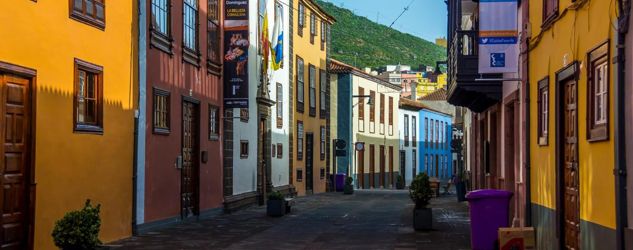
Santa Cruz de Tenerife, like the rest of the islands’ capital cities – from Corralejo (Fuerteventura) to Las Palmas de Gran Canaria (Gran Canaria) – combines the hustle and bustle of a city and the typical slow-paced life that travellers fall in love with. But in Tenerife, as well as the capital, we can find a beautiful colonial town that is well worth visiting, with its university atmosphere and colourful houses: San Cristóbal de La Laguna. The city is bursting with life: there are buskers, shops, bars and restaurants, as well as many buildings of historical and cultural interest. A UNESCO World Heritage Site since 1999, its original 15th century layout remains almost intact.
Roque de los Muchachos (La Palma)
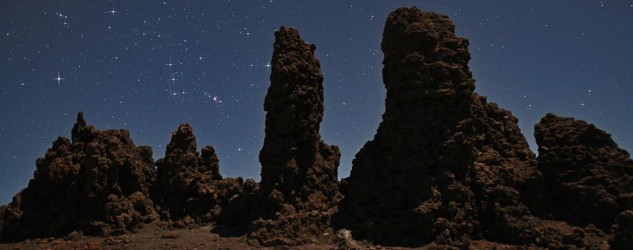
The highest point of La Palma is one of the Canaries’ most iconic natural monuments – a group of small 3-metre rocks that afford a stunning panoramic view of the island. Roque de los Muchachos is a magical place that will make us feel quite small, as it’s a great place for astronomy. Here we can find Astrophysical Observatory of Roque de Los Muchachos (ORM), one of the most complete telescope arrays in the world. Thanks to its dark skies, this island has become one of the most privileged locations on the planet for astronomical observation.
La Graciosa, the eighth island
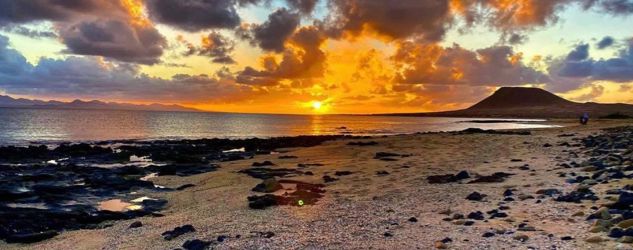
A few minutes from Lanzarote we can find this fairy-tale island, a very special place where we can spend an enjoyable day thanks to its charm and the range of activities on offer. We can start off the day by bathing in the clear and calm waters or enjoying water sports (make sure you bring your goggles and breathing tube!), or hiking along the waymarked paths. There are no paved roads or cars in La Graciosa! A trip to La Graciosa is like a journey back in time, to another world, where we can rediscover the little things that make us happy – the sound of the ocean and the Canarian way of life.
So, do you feel like jumping on a plane and exploring the Canary Islands, to discover their nature, beaches, friendly people and a way of life that will make you slow down as soon as you set foot on the islands? Vueling flies to Tenerife, Lanzarote, Fuerteventura, La Palma and Gran Canaria. Once you’re there, you can hop on a ferry to La Gomera, El Hierro or La Graciosa.







